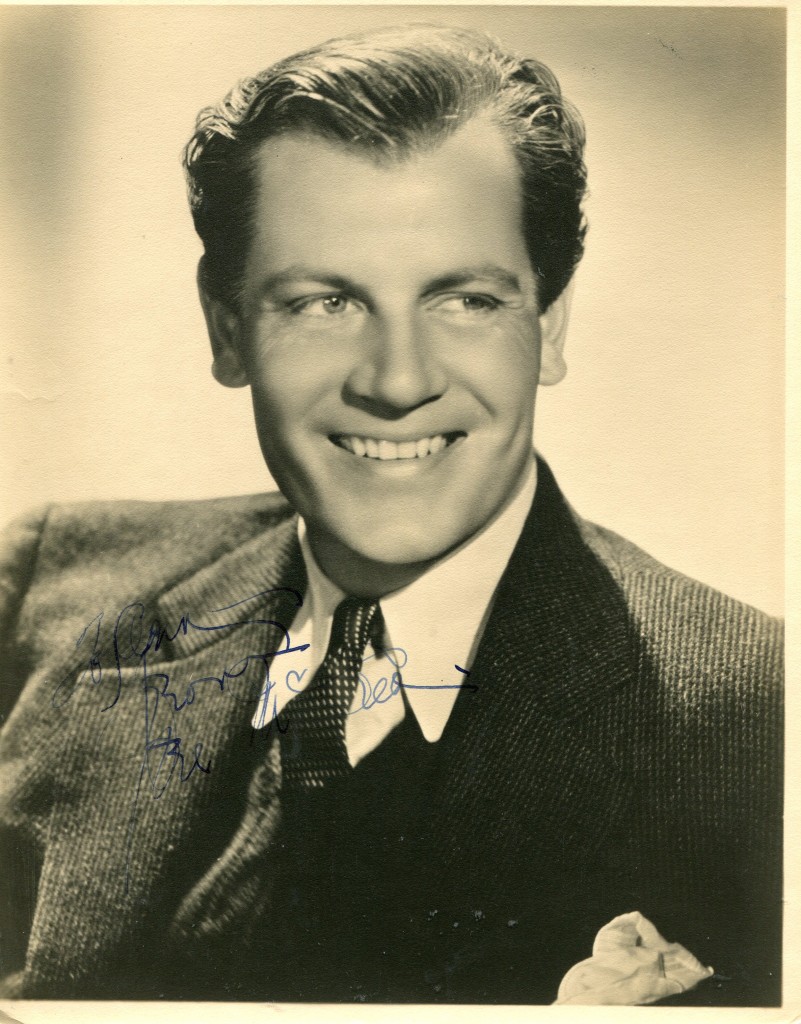
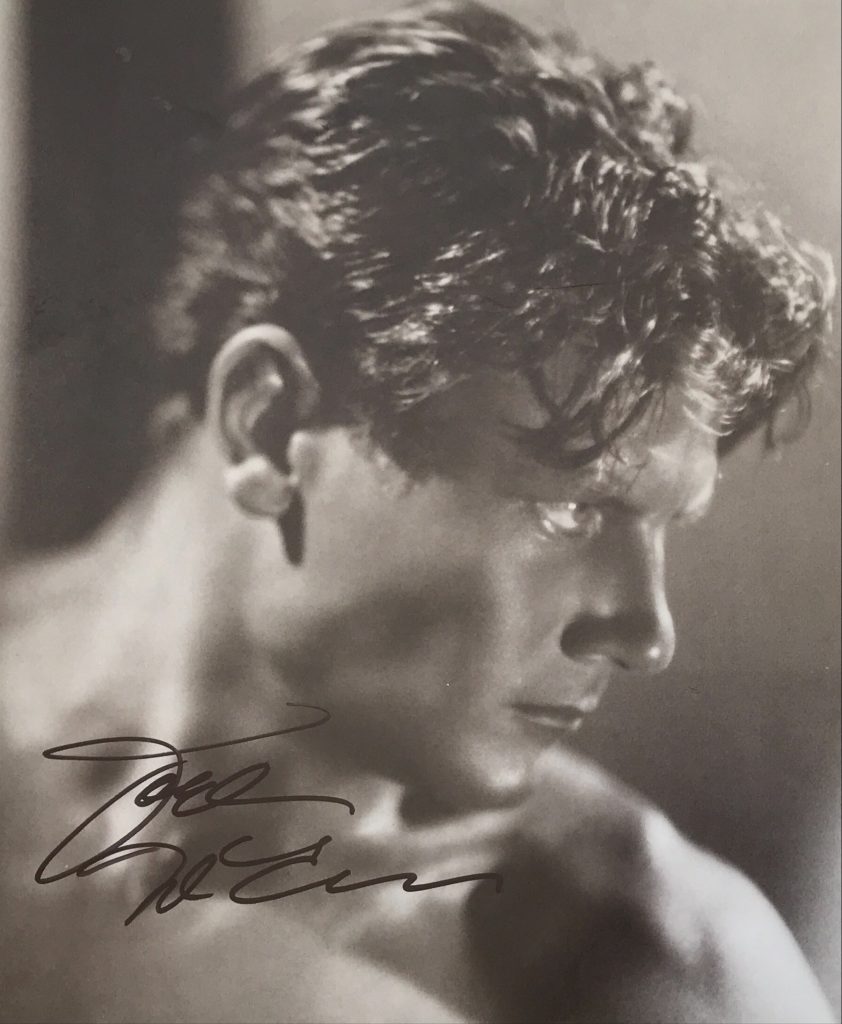

Joel McCrea. TCM Overview.
Joel McCrea starred in many classic films of the Golden Era of Hollywood but for some reason he has never received due recognition. He was born in 1905 in California. While still at high school he started working as a stund double in silent features. In 1932 he starred with Dolores Del Rio in “Bird of Paradise”. Among the classics that McCrea starred in are “Union Pacific”, Hitchcock’s “Foreign Correspondent”, “The More the Merrier”, “Sullivan’s Travels”, “The Palm Beach Story” and the terrific Western “Ride the High Country” which he made with Randolph Scott in 1962.
Joel McCrea was married to the actress Frances Dee and they became very wealty after successful investing in land and property, Joel McCrea died in 1990. I hope some day he gets due recognition for his work in the movies.
To view article on Joel McCrea, please click here.
TCM Overview:
Likable, ruggedly handsome figure, a durable star who first made his name in adventures and melodramas of the 1930s. McCrea gave one of his finest performances in Hitchcock’s “Foreign Correspondent” (1940) and brought an amiable, relaxed charm to his comic roles, especially when directed by Preston Sturges in “Sullivan’s Travels” (1941) and “The Palm Beach Story” (1942) and by George Stevens in “The More the Merrier” (1943).
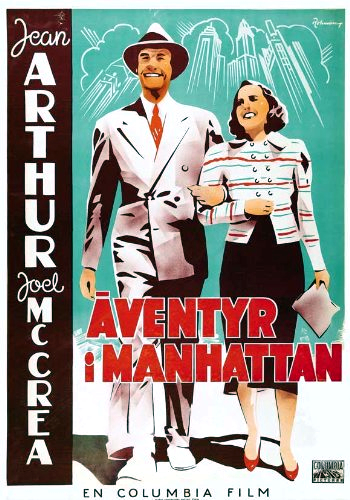


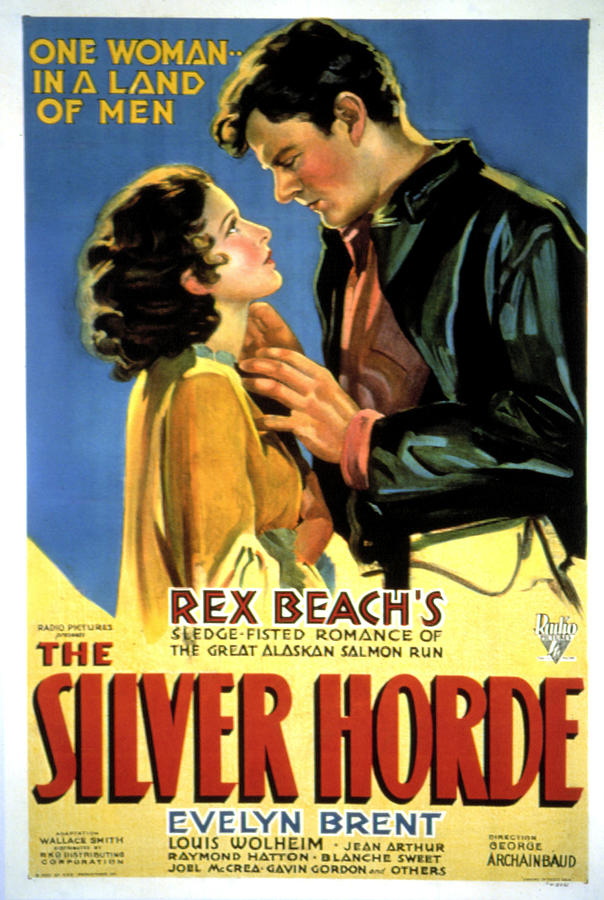







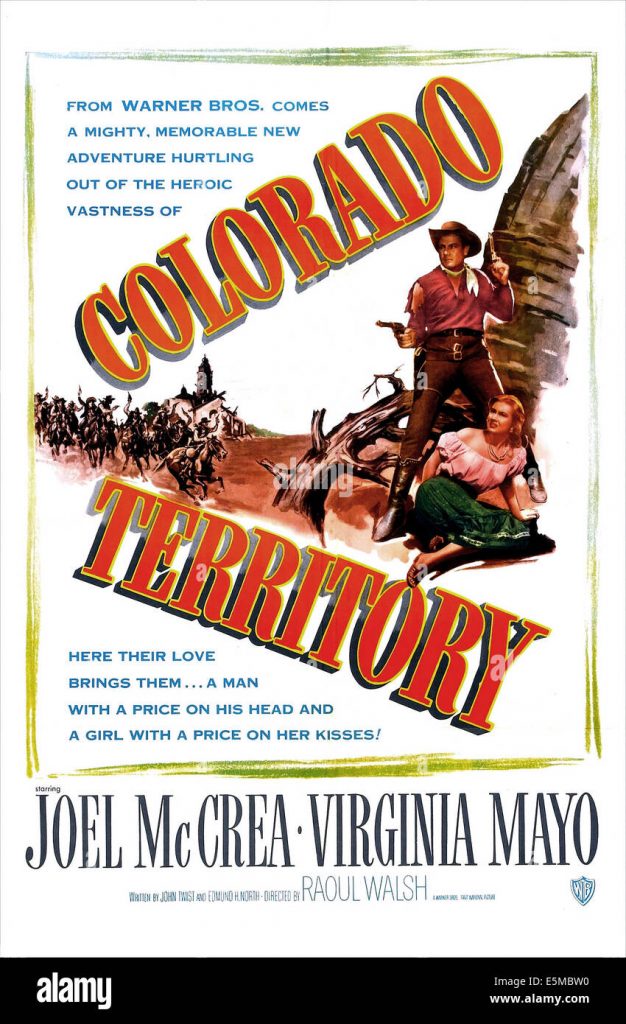




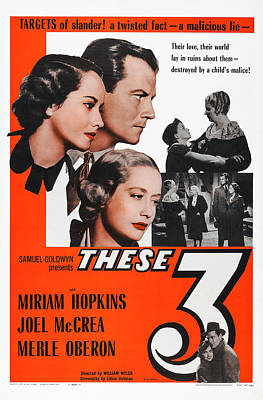


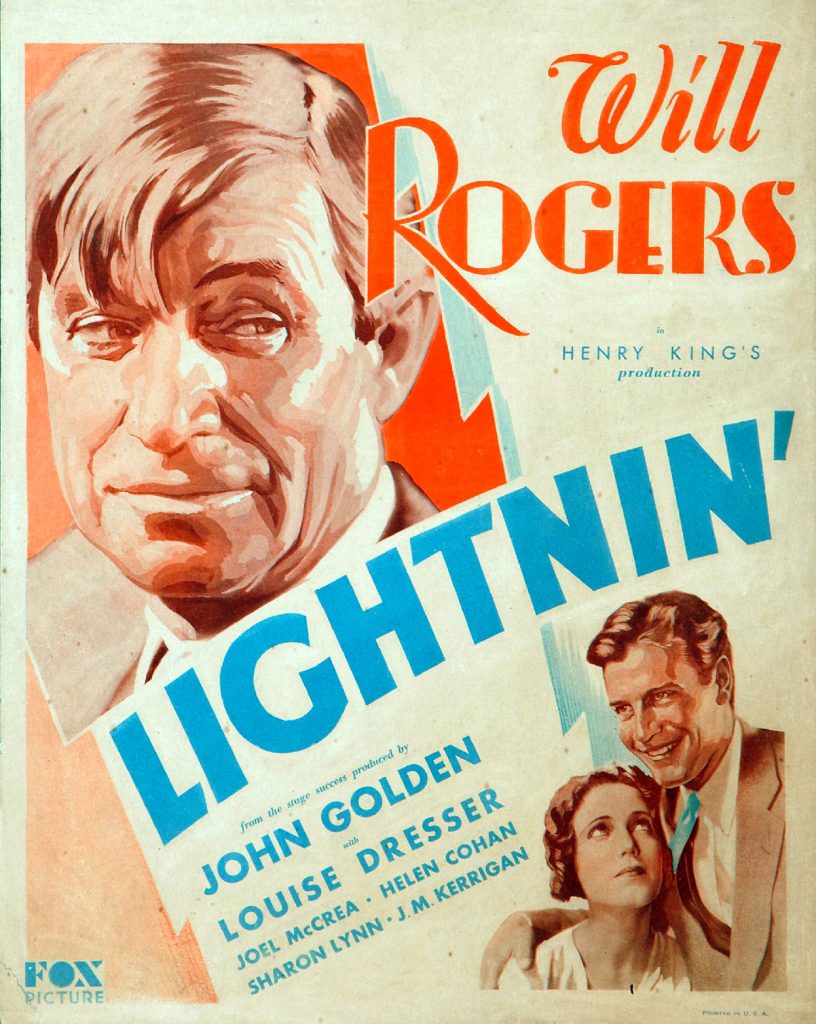
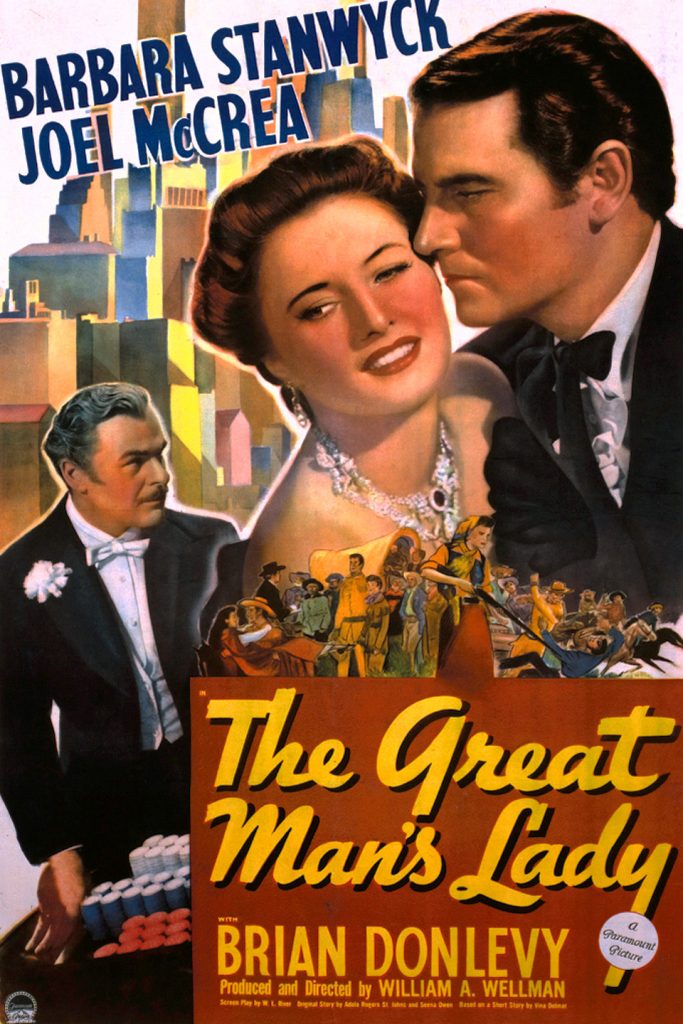
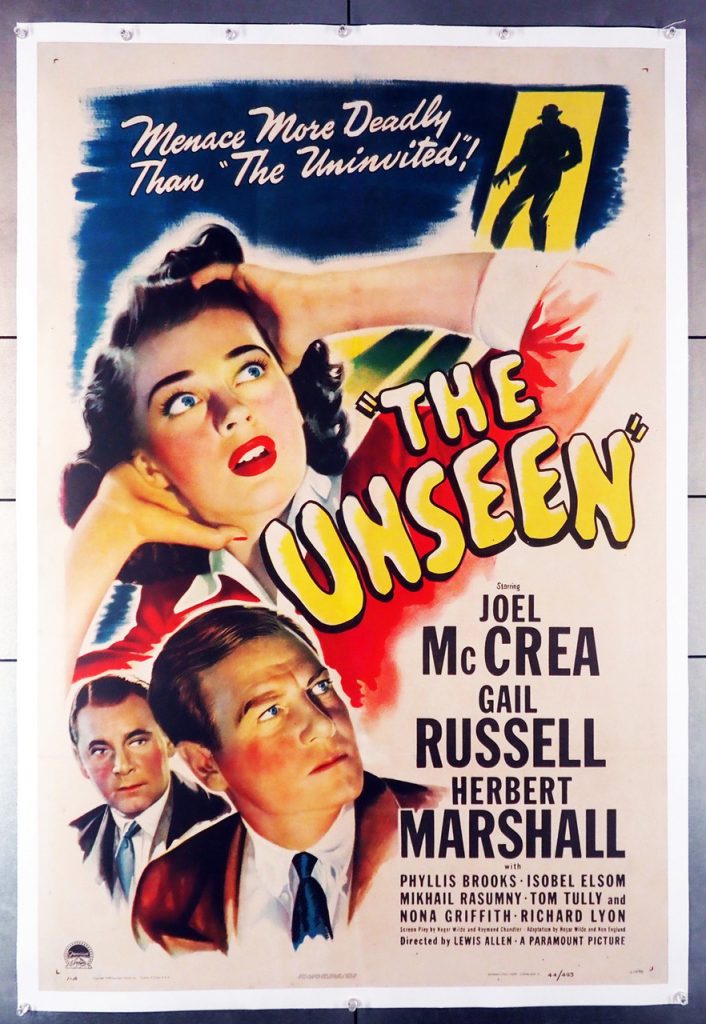

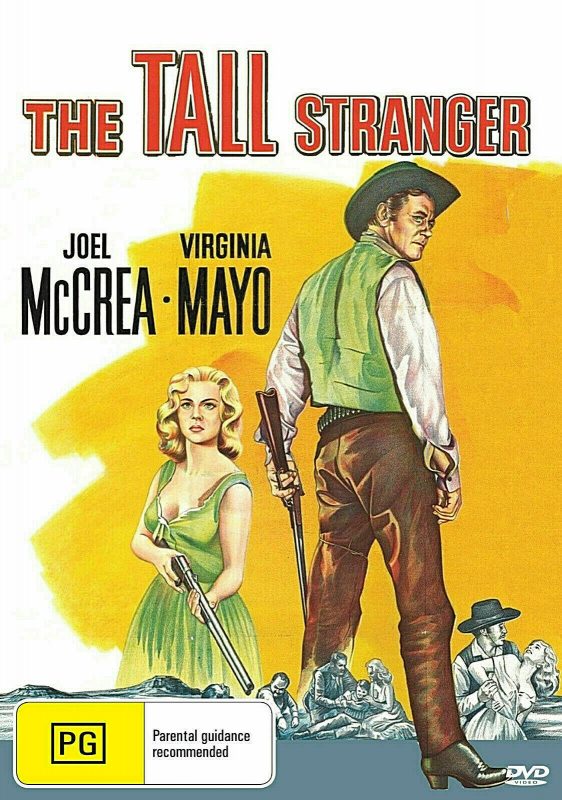



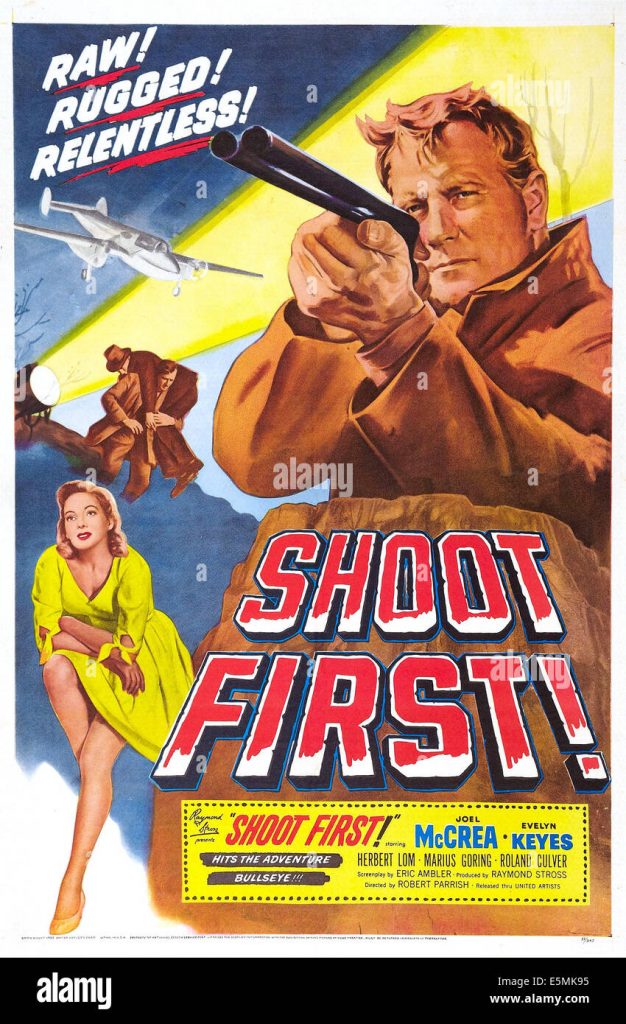



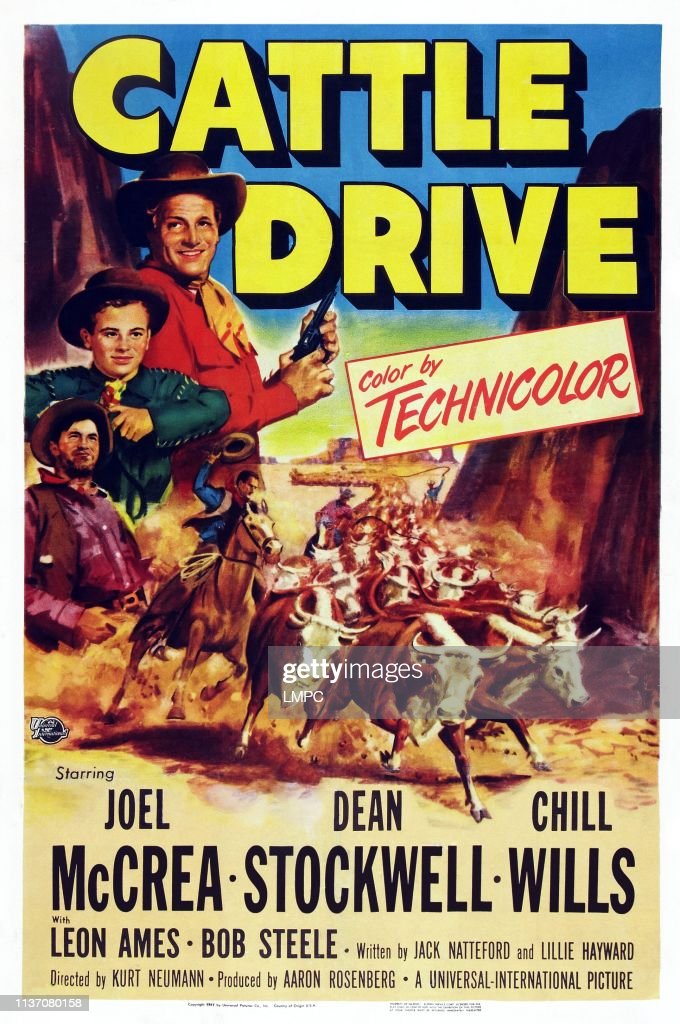


His offhand yet sincere style also kept him much in demand as a lead in “women’s pictures” (as they were then called), and McCrea played romantically opposite female divas including Constance Bennett (“Rockabye” 1932), Irene Dunne (“The Silver Cord” 1933), Barbara Stanwyck (“Gambling Lady” 1934), Merle Oberon (“These Three” 1936) and Ginger Rogers (“Primrose Path” 1940)
Although McCrea had starred in a number of Westerns and action pictures in the 30s (e.g., Cecil B. DeMille’s “Union Pacific” 1939), beginning with William Wellman’s “Buffalo Bill” (1944), McCrea starred primarily in Westerns for the rest of his career.

His many horse operas, the best of which included “Colorado Territory” (1949), “Trooper Hook” (1957) and “Ride the High Country” (1962), mirrored his own frontier roots as well as his personal life. A passionate outdoorsman, he listed his occupation as “rancher” and his hobby as “acting.” McCrea was married to actress Frances Dee from 1933 until his death; their son Jody McCrea (b. 1934) appeared with him on his TV series “Wichita Town” (1959-60) and in the film “Cry Blood, Apache” (1970).
The above TCM overview can also be accessed online here.


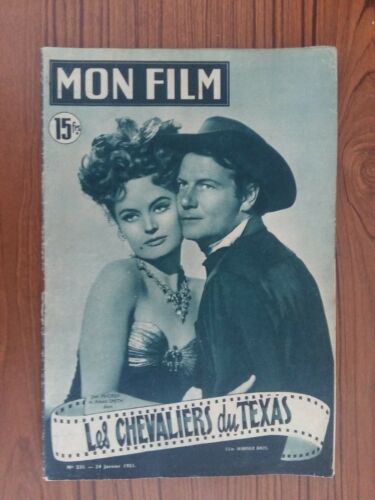


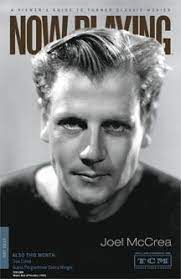

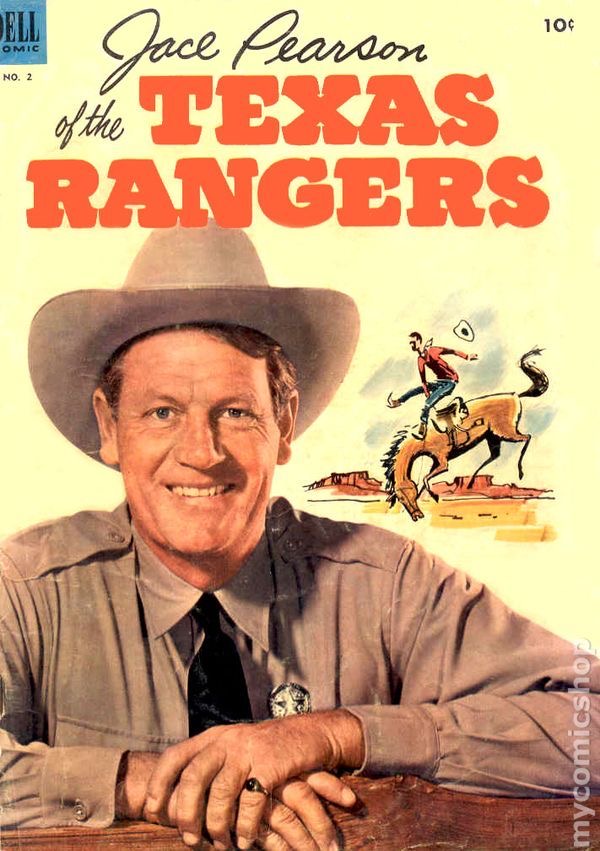



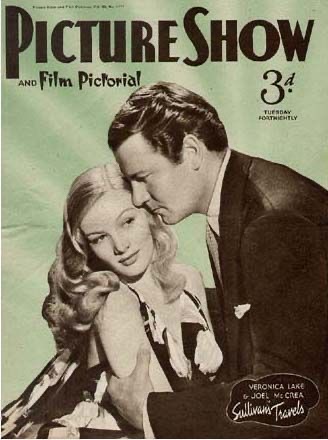

Obituary in Los Angeles Times in 1990.
Joel McCrea, a real-life cowboy who became one of the best of Hollywood’s make-believe saddle heroes, died Saturday at the Motion Picture and Television Fund Hospital in Woodland Hills. He was 84.
Eileen Singer Brown, hospital supervisor, said McCrea died at 4:50 a.m. of pulmonary complications. She said he had been a patient a short time, and that his wife of 57 years, actress Frances Dee, had been constantly at his bedside.
McCrea’s last public appearance was Oct. 1 when he attended a Beverly Hills fund-raising dinner for Republican Sen. Pete Wilson, who is campaigning for governor. Paramount Pictures executive producer A.C. Lyles, a friend of McCrea’s for many years, said First Lady Barbara Bush went over to McCrea after her speech, put her hand in his hand, and said, “My hero.”
“He lit up,” Lyles said. “That summed up everybody’s feeling about Joel.”
Tall and taciturn, good-looking and good-humored, McCrea may have ranked just behind John Wayne as the most believable of Western heroes. During a career that spanned three decades, he made 86 motion pictures, starring in many of them.
Although best remembered for his cowboy roles, he was a versatile actor who handled frivolous light comedy and adventurous melodrama with the same skill he brought to Westerns. Some of his best-known films were Westerns such as “The Virginian,” “Union Pacific” and “Wells Fargo,” thrillers such as Alfred Hitchcock’s “Foreign Correspondent,” and comedies such as Preston Sturges’ “Sullivan’s Travels.”
McCrea worked in at least three pictures with his wife, one of the most sought after leading ladies of the 1930s.
Gossip columnists often referred to their union as “an ideal Hollywood marriage,” and it was one of the few that proved to be just that. They were married in 1933, and were together until his death.
One of their three sons, Joel Dee, who is known as Jody, played the deputy in McCrea’s 1959-60 television series “Wichita Town.”
Off screen, McCrea was as low key and down to earth as he appeared before the cameras—a working rancher, a shrewd businessman and a public-spirited citizen active as a school board trustee in Ventura County.
McCrea was born Nov. 5, 1905, in South Pasadena, the son of a successful executive. His Western heritage was strong: His maternal grandfather, Major Albert Whipple, came to California during the Gold Rush in a covered wagon, and his paternal grandfather, Major John McCrea, was an Indian fighter and stagecoach driver.
Oddly, McCrea’s future wife was born only five blocks away from his South Pasadena home, but moved to Chicago at a very early age. They did not meet until both were starting their movie careers.
The McCrea family moved to Hollywood when Joel was 8 or 9 and he then came into contact with film figures—he delivered the Los Angeles Times to such moguls as Sam Goldwyn and Jesse Lasky, and stars such as William S. Hart and Wallace Reid.
“I learned a good deal about life—and Hollywood—back then,” McCrea reminisced many years later. “There were certain stars, supposed to be worth millions, who couldn’t dig up the 60 cents, which The Times cost then, at the end of the month.”
Possibly because of such experiences, the lanky, adventurous youngster was less star-struck than horse-struck. He loved and understood horses—and started hanging around the back lots of Hollywood, volunteering as a “horse-holder” for cowboy star Tom Mix and one of his newspaper customers, Hart.
McCrea first went before the cameras at age 12. Ruth Roland, a star of silent serials, was making a shoot-’em-up in the hills above Sunset Boulevard, and young Joel was again a horse-holder. A New York stage actor had been brought out to co-star with Roland.
“The guy could act all over the place,” McCrea recalled in an interview many years later. “But when they brought out the horses he was scared stiff. That’s how I got to ride his horse in a couple of shots. They dressed me up in buckskins and for two days’ work I was paid $5. Boy, that appealed to my Scotch blood. I forgot about wanting to be a cowboy and decided to be an actor.”
Not long afterward, he started working summers as a cowboy on the King Cattle Co. ranch in the Tehachapi Mountains. He loved to tell stories about the cowboy life.
“In rainy weather, I was sent to hoist mothering (pregnant) cows out of low places,” he remembered. “It rained like sixty. I found a cow that was bogged, and I roped her and pulled.”
After a pause to let his drawl catch up with his anecdote, he went on: “The cayuse I rode wasn’t too well broken—he decided to turn around, fast, four times. One end of the rope was wound around the cow’s horns, the other tied to my saddle-horn. I was in the middle. After almost being cut in two, I freed myself.”
It was then, he said, that he came up with a practical solution. “A horse, I figured, gets up by raising his front legs first. A cow the opposite. Knee-deep in mud, I got down behind the cow. I bent over, put the cow’s tail around my neck, gripped it with both hands and raised up with all the strength I could manage. It worked.”
No one but a real cowboy could tell such a story.
He graduated from Hollywood High School and enrolled at Pomona College. It was there that he began acting in amateur roles.
McCrea decided that he liked the acting life and after college graduation in 1928 began haunting the studios and picking up occasional work as an extra.
His first feature role came in 1929 in “The Jazz Age,” and in the same year he played in “So This Is College,” “Dynamite,” and “The Silver Horde.” He began winning star roles the next year.
Ironically, considering his authentic cowboy background and rugged physique, many of his early roles were as the effete, snooty rich kid.
Critics consider that his career peaked in the 1940s with “Foreign Correspondent,” “Sullivan’s Travels,” and “The Palm Beach Story.”
The general public undoubtedly remembers him best in big-budget Western epics because his open, honest face, easy-going manner and relaxed seat on a horse combined to make him more at home on the range than almost any other actor.
As producer Harry Sherman once put it: “Joel is the greatest natural Western star since the old days of Tom Mix and William S. Hart. He has an authentic background, and he is one of the finest natural horsemen I’ve ever seen. . . . Just a guy who knows how to sit on a horse with grace and authority.”
Or, as an admiring columnist expressed it: “A horse to him was like a sonnet to Keats.”
Real cowboys verified the judgment of these Hollywood types by electing McCrea to the Cowboy Hall of Fame in Oklahoma City in 1958.
McCrea’s poetic way with a horse and gritty Western look were perhaps most evident in Sam Peckinpah’s 1962 film “Ride the High Country,” in which he and Randolph Scott co-starred as a pair of over-the-hill lawmen transporting gold to a bank.
McCrea was reputed to be one of the wisest investors and wealthiest actors of his era, although he sometimes joked about his business acumen.
“My first business deal was with my mother,” he once recounted. “I invested in chickens. I sold the eggs to my mother. Then (after she had cooked them) I ate the eggs. That’s an ideal bargain.”
McCrea attributed his financial success largely to the late Times columnist Harry Carr and the late actor-humorist Will Rogers.
Early in his career, when McCrea had a reputation as something of a playboy, Carr wrote privately to the star: “Don’t let yourself slip into a state of mind where you believe that these little screen games of pretend are life. . . . Take all the easy money and save it. Accept what you find in Hollywood that is good and valuable and turn your back on the rest.”
McCrea said that he always tried to act on Carr’s advice. On the advice of Rogers, McCrea invested his Hollywood earnings in a 1,000-acre working cattle ranch near Camarillo in Ventura County. He added to it over the years until he owned 3,000 acres of prime ranchland, which later became prime residential land. At one time, his ranch was producing 200,000 pounds of beef annually. McCrea was active in its management and in riding, roping and branding.
In 1959, according to news reports, he sold 540 acres for $1.2 million, and four years later sold another 1,000 acres for $3 million. He lived on part of his original spread near Camarillo, and had another large ranch near Palos Verdes and two more in New Mexico.
McCrea served as president of the local school board, chaired the fund-raising committee for the Camarillo Boys Club and donated $35,000 toward a new clubhouse. He also made substantial gifts to local colleges and the Tri-Valley YMCA.
In addition to his wife and son Jody, now a rancher in New Mexico, he is survived by two other sons, David, also a rancher in New Mexico, and Peter, a real estate developer in Los Angeles.
Funeral services in Westlake will be private. The family has asked that any memorial contributions be made to the Conejo Valley YMCA, Camarillo Boys and Girls Club, or Motion Picture and Television Fund

